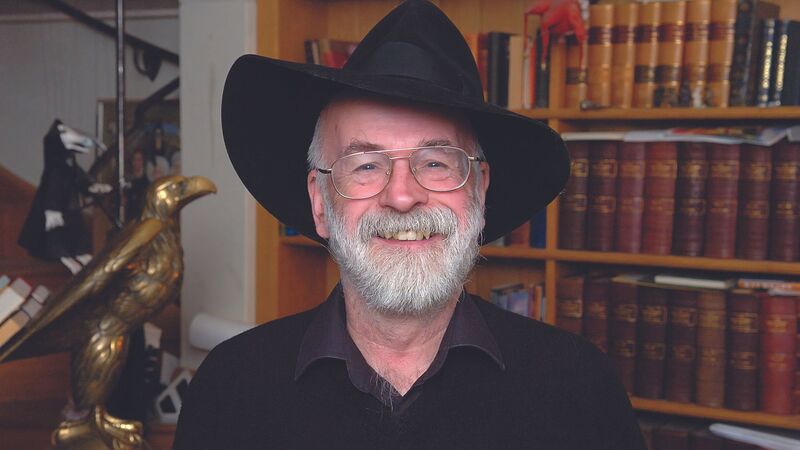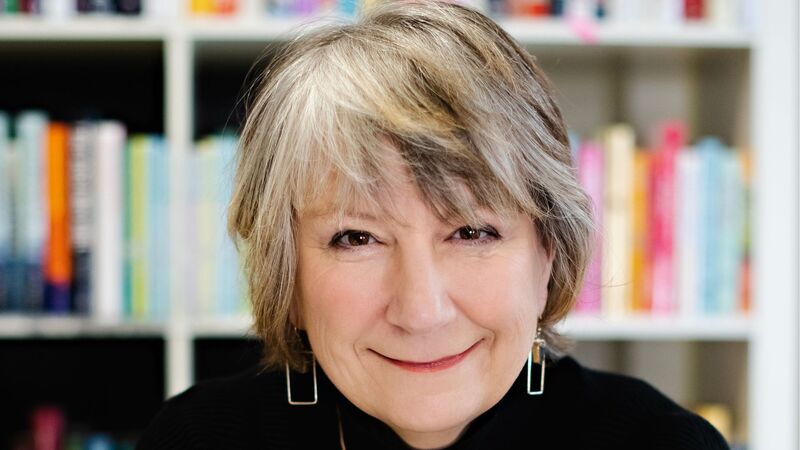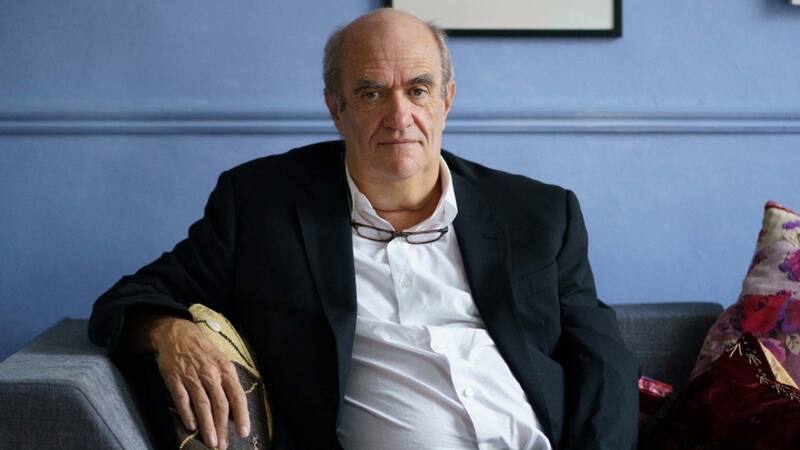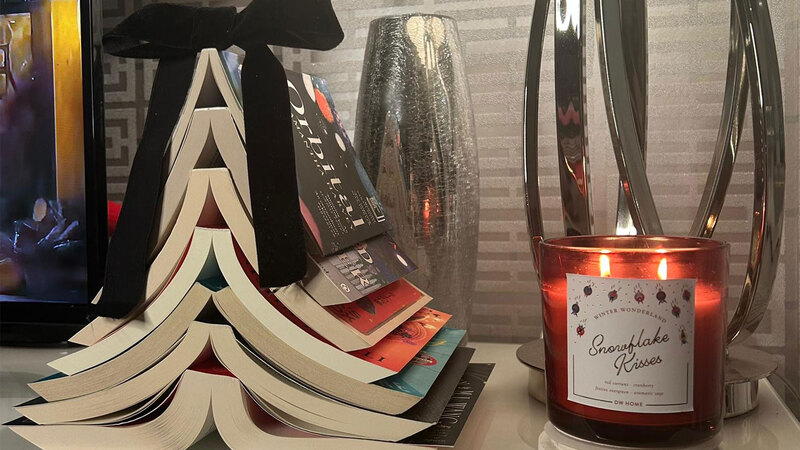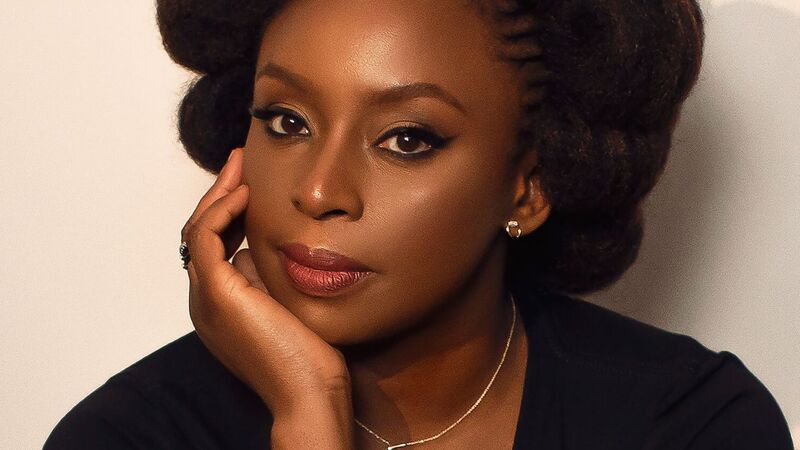You are viewing your 1 free article this month. Login to read more articles.
Calling out toxic romance
Colleen Hoover is helming a worrying trend that normalises abuse.
The romance genre has always been female-centric. It’s long been a safe space for women to write stories of falling in love, to articulate how they might find themselves through finding a partner, and to celebrate (through the almost invariably happy endings) healthy, aspirational relationships.
Of course, from Bridget Jones to Pride and Prejudice, they’ve also been full of some questionable social biases and mores, depending on the context an author is living in – the self-deprecating body shaming of a size-12 Bridget was very ’90s, after all.
Today, however, the genre is not just booming but much more diverse. We have a wider array of protagonists, experiencing all sorts of journeys before they get to their happy ever after. BookTok has helped buoy the market; in most bookstores, there’s a "BookTok favourites" selection, offering brightly coloured covers holding tales of category-defying urban romance alongside reimagined bodice rippers for the Bridgerton-loving millennial.
Unfortunately, what has also become popular are books with seriously questionable love interests. Not questionable in terms of cute flaws such as snoring in their sleep or sexy initial rivalry that turns into lust.
Questionable in a way that – if we were to reflect the truth on the front of the book – that romantic novel would be designed in the stark tones of a horror-thriller, in which a young woman is emotionally and sometimes physically terrorised by a man whom she must fix with her good heart.
Colleen Hoover is at the helm of this trend. Hoover’s books have become increasingly popular, particularly with young women, but they often feature misogynistic and abusive tropes that are presented as romantic, or merely "natural troubles" a couple might go through.
At best, these romantic plotlines are cringy; at worst, they glamorise abuse
It Ends With Us – award-winning, multi-million copy selling, and boasting over a billion hashtags on TikTok – centres on an abusive relationship in which the protagonist keeps her abusive ex-husband in their daughter’s life, despite his continued abusive tendencies, all of which is marketed as a love story to young adults.
Several book YouTube channels, BookTok and Instagram accounts have become increasingly critical of Hoover’s themes and, recently, a colouring book was withdrawn because the book it is based on heavily features an abusive relationship – not really appropriate for the whimsical treatment.
At best, these romantic plotlines are cringeworthy; at worst, they glamorise abuse. Male love interests can be terrible or downright abusive because they are handsome or have a sad backstory. They treat the female main character terribly and then get away with it by having her rationalise it. Any sort of domestic violence, misogyny or sexual assault is part of the shock value.
Hoover is by no means the only author who has been accused of doing this. The After series by Anna Todd features a rather questionable relationship between the protagonists, Hardin and Tessa, the latter of whom wishes to be the one to fix her adult boyfriend. And they stay together, despite little evidence of growth or healing. Of course, even younger readers can evaluate stories with a critical eye – I do not think that this means that people will enter relationships in which they do not recognise abuse. But when those novels are marketed as romances and published within the young adult genre, then it becomes part of the representation that we see of relationships. You are supposed to be hurt, yet persevere, because it is your job to fix an abusive partner out of love. It is a dangerous message to send to young people. So why is it so popular?
Katie Tobin, a writer, a PhD researcher in English Literary Studies and the online editor of The London Magazine, believes that these tales offer a cathartic experience – a resolution in toxic relations that we often cannot find in reality.
“I think it gives scope for us to cathartically to see retribution for wrongdoing.” Tobin explains: “Usually, in these narratives, the redemption or closure the protagonist is afforded and seeing the couples come back together is interesting. Authors like Hoover offer that odd sort of apology or acknowledgement for wrongdoing that we may never see within our real lives and relationships at the end of it.”
I enjoy a good love story and acknowledge that they need plenty of bumps along the road. After all, Elizabeth Bennet and Mr Darcy did not fall in love in the first three chapters. But toxic masculinity and violence are not bumps, and cultural acceptance of this kind of dynamic is dangerous. More authors, influencers and readers should call them out.







